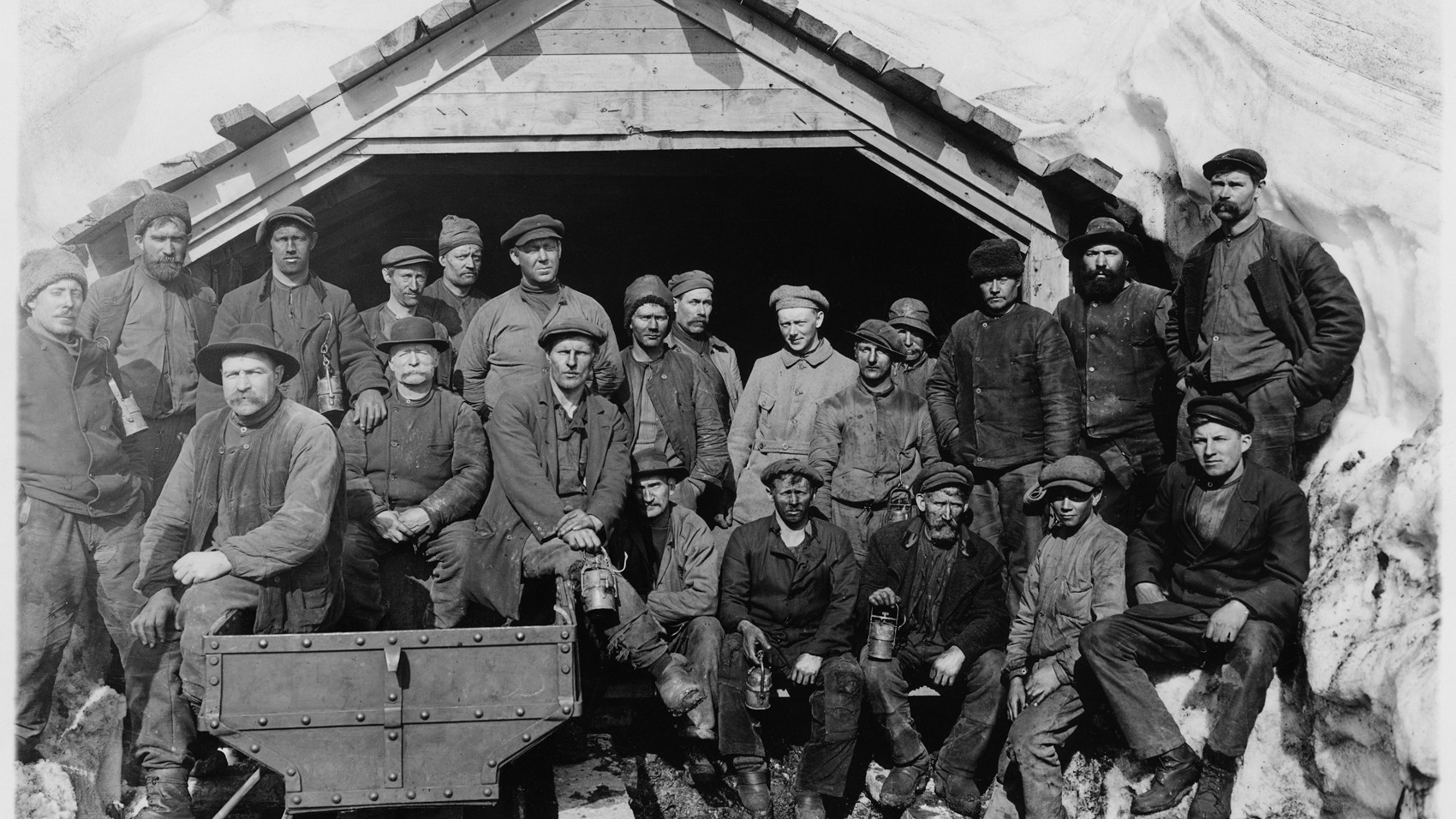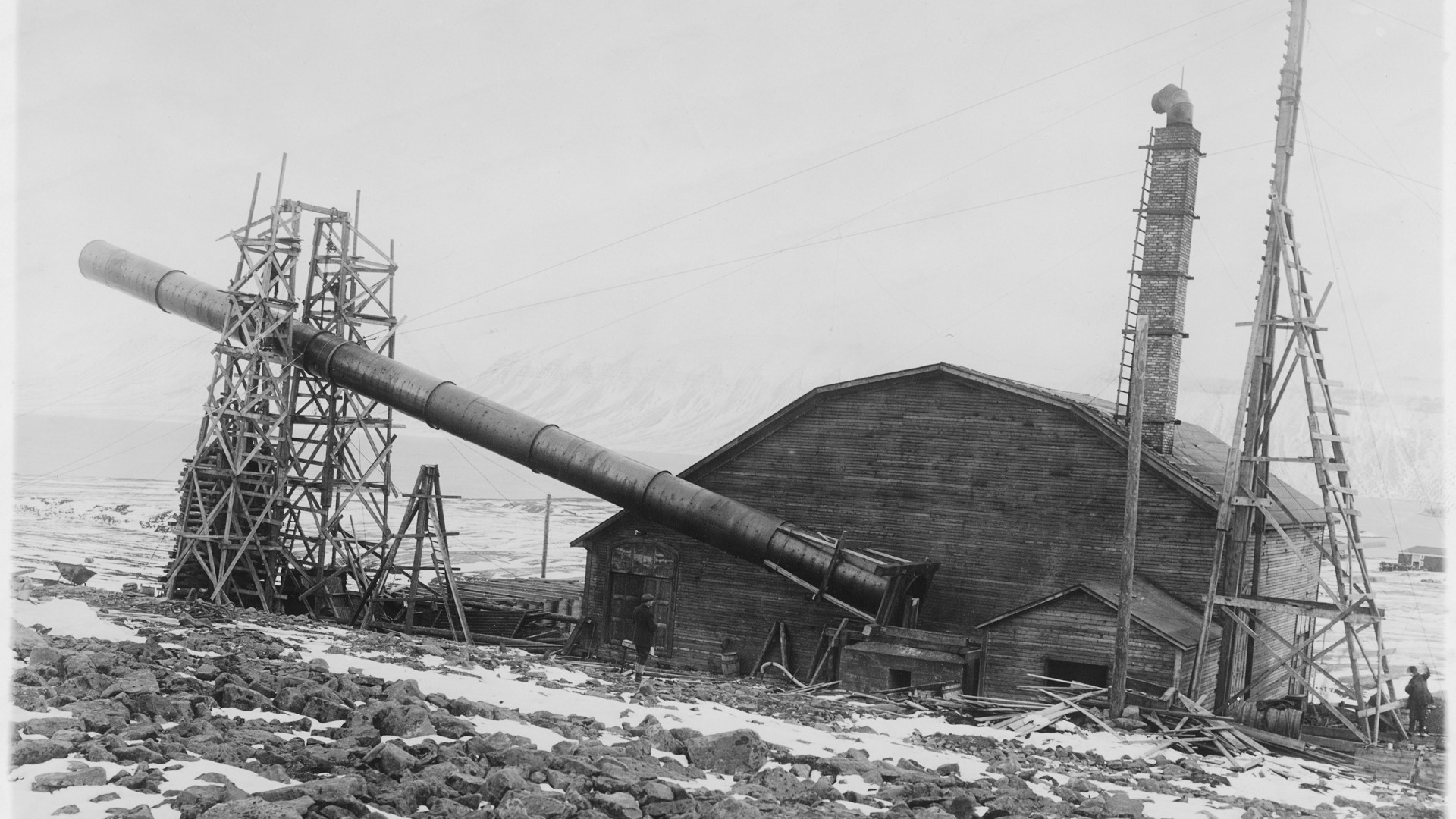For over a hundred years and until relatively recently, coal production was the main industry on Svalbard. At most, nine mines were in operation and the few settlements in Svalbard were originally mining communities. Today, tourism and research are the new major industries, and the goal is for Svalbard to be completely climate-neutral within ten years. The challenge is to find something that can replace coal and cover the energy needs of the island Spitsbergen, the only island with a permanent population, but that is a completely different story.
The wild west of the Arctic
In the 20th century, Svalbard and its surroundings were marked as “terra nullius”, meaning that it was considered a no man’s land, a land that belonged to no jurisdiction or country, free for all. Even Sweden occupied land on Svalbard.
The idea of establishing mining colonies in a place located near the North Pole may sound crazy, but became a reality with the outbreak of the First World War in 1914 when the need for coal became urgent. The difficult situation meant that there were now strong interests in making the large investments required to build a Swedish coal mine on Spitsbergen.
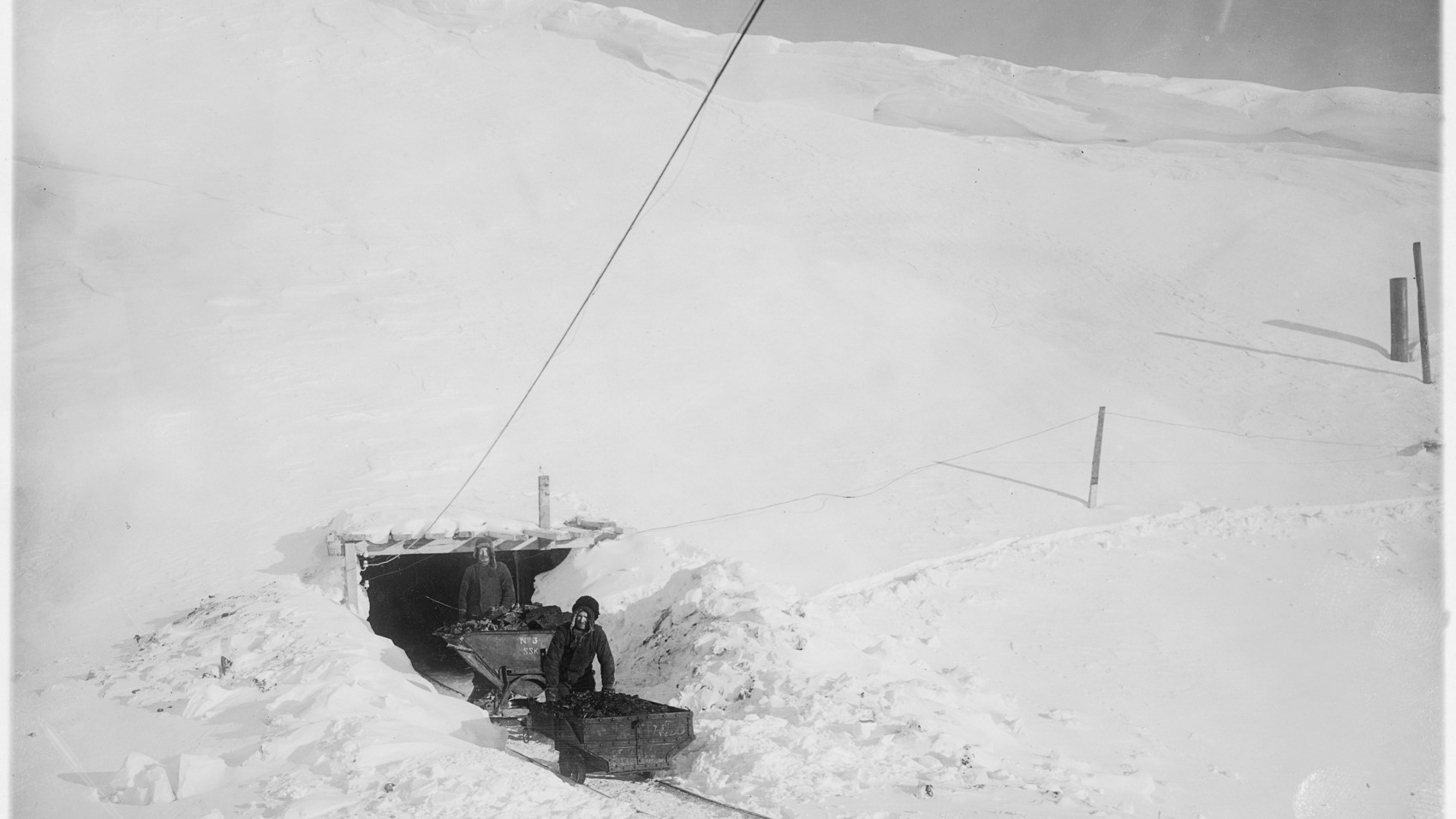

Coal, the main source of energy
The need for resources was a consequence of coal being the dominant source of energy at the time. Both in industry, to heat houses and to produce gas for stoves and street lights. Coal was used in the locomotives' steam boilers on the expanding railway networks that connected Europe's industrial facilities and cities. It was also the source of energy for more and more ships in the Western world's merchant and war fleets.
Sweden’s investment in the Svea mine
In 1917, the first workers, on behalf of the company AB Spetsbergen svenska kolfält, travelled to Svalbard to start mining coal at the far end of the Van Mijenfjord in the so-called Svea mine (Sveagruvan). For the next eight years, around 2,000 Swedes lived in the small community. The Svea mine was expected to supply Sweden with coal for hundreds of years.
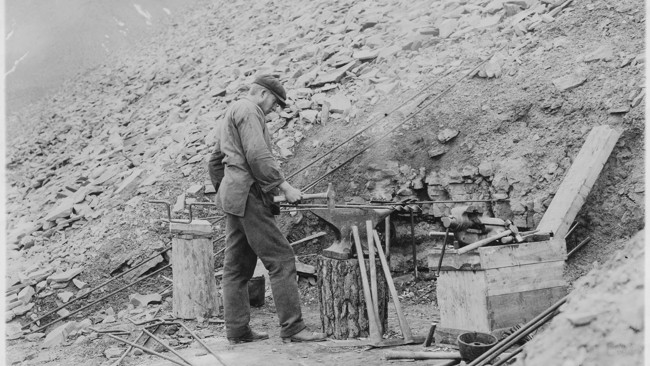

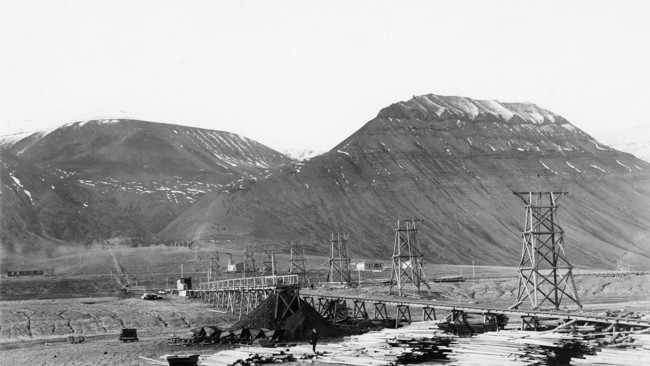

A hard, but well-paid job
At the beginning of Svea's existence, the coal was transported from the mine to the warehouse with the help of a kilometer-long rail track along the ground. However, the track was often covered with snow, and the workers had to spend a lot of time and effort digging snow tunnels. Therefore, after a while, a funicular railway was built, whose baskets could carry the coal high above the ground. The work was hard and the insolation, the darkness and the cold did not make it easier, but the job was well paid and the living conditions were relatively tolerable.
Sometimes, however, such severe storms raged that the workers could not leave their homes. It also happened that the baskets of the cableway were lost in hurricanes, that the fjord ice broke the harbor dock and that the permafrost thawed where tunnels were dug, so that the roof in the mine tunnels collapsed.
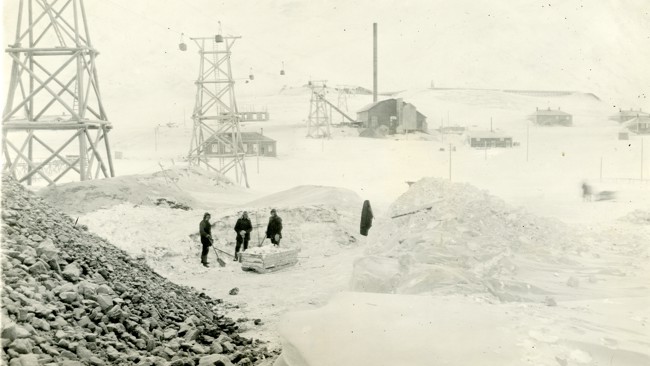

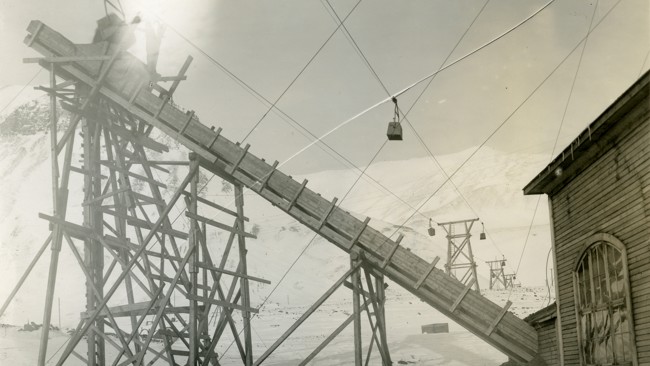

A massive price drop
The challenge of the nature's impact on Svalbard contributed to the amount of coal mined not reaching the company's target. As if that were not enough, the whole world went into a deep economic crisis in the early 1920s. The price of the coal that the Svea mine exported dropped from 160 SEK per tonne to only 30 SEK.
The Svea mine on fire
In 1925, a severe fire broke out in the mine and because it was impossible to put out, Svea was abandoned and closed abruptly. In 1934, the Svea mine was sold to the Norwegian mining company Store Norske. Since 1976 Store Norske has been owned by the Norwegian government.
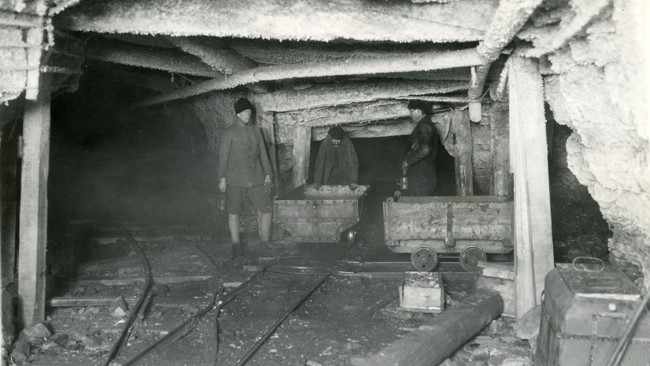

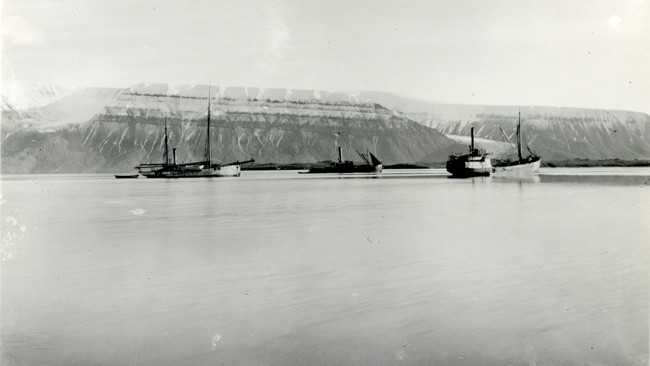

The most important coal resource on Svalbard
The Svea mine was for a long time the most important coal resource on Svalbard, with up to 400 employees and family members living in the village.
In 2017, the Norwegian government announced that mining in Svea will come to an end, and that all traces of human activity in the area should be erased. The goal is that the mountains and the fjord will become part of the wild Arctic nature again.
No coal – no people
Today, Norway has only one mine in operation, Mine 7, but traces of mining can be seen in many places. And frankly, without coal, no people would probably live in Svalbard.
